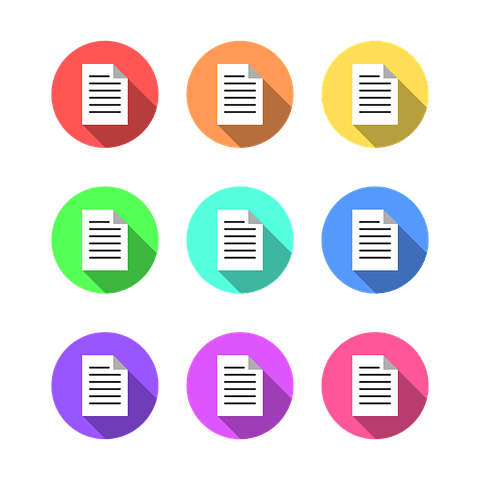In this article, I will explain why Java is a language to use for image conversion and also introduce you to our JDeli image library. I will provide links to some tutorials which show how to read and write images in Java in ImageIO and other third party libraries such as JDeli. JDeli is the best pure Java image library for lossless image formats.
Why use Java for Java Image conversion?
Reason 1 ImageIO, plugins and third-party libraries such as JDeli allow Java to read and write a very wide range of Image file formats
Reason 2 Java provides a single abstract BufferedImage class but also deep level access to pixels, rasters, colorspaces if needed
Reason 3 Java provides a cross-platform, robust and well-supported platform.
Tutorials on How to Read Images in Java
- How to read BMP images in Java
- How to read DICOM images in Java
- How to read EMF file images in Java
- How to read GIF file images in Java
- How to read HEIC images in Java
- How to read JPEG images in Java
- How to read JPEG2000 images in Java
- How to read PNG images in Java
- How to read PSD images in Java
- How to read SGI images in Java
- How to read TIFF images in Java
- How to read WebP images in Java
- How to read WMF images in Java
Tutorials on How to Write Images in Java
- How to write out BMP images in Java
- How to write out JPEG images in Java
- How to write out JPEG2000 images in Java
- How to write out images as a PDF file in Java
- How to write out PNG images in Java
- How to write out TIFF images in Java
- How to write out WEBP images in Java
Tutorials on How to Convert Images in Java in JDeli
Are you a Java Developer working with Image files?
// Read an image
BufferedImage bufferedImage = JDeli.read(avifImageFile);
// Write an image
JDeli.write(bufferedImage, "avif", outputStreamOrFile);// Read an image
BufferedImage bufferedImage = JDeli.read(dicomImageFile);// Read an image
BufferedImage bufferedImage = JDeli.read(heicImageFile);
// Write an image
JDeli.write(bufferedImage, "heic", outputStreamOrFile);// Read an image
BufferedImage bufferedImage = JDeli.read(jpegImageFile);
// Write an image
JDeli.write(bufferedImage, "jpeg", outputStreamOrFile);
// Read an image
BufferedImage bufferedImage = JDeli.read(jpeg2000ImageFile);
// Write an image
JDeli.write(bufferedImage, "jpx", outputStreamOrFile);
// Write an image
JDeli.write(bufferedImage, "pdf", outputStreamOrFile);
// Read an image
BufferedImage bufferedImage = JDeli.read(pngImageFile);
// Write an image
JDeli.write(bufferedImage, "png", outputStreamOrFile);
// Read an image
BufferedImage bufferedImage = JDeli.read(tiffImageFile);
// Write an image
JDeli.write(bufferedImage, "tiff", outputStreamOrFile);
// Read an image
BufferedImage bufferedImage = JDeli.read(webpImageFile);
// Write an image
JDeli.write(bufferedImage, "webp", outputStreamOrFile);
What is JDeli?
JDeli is a commercial Java Image library that is used to read, write, convert, manipulate and process many different image formats.
Why use JDeli?
To handle many well known formats such as JPEG, PNG, TIFF as well as newer formats like AVIF, HEIC and JPEG XL in java with no calls to any external system or third party library.
What licenses are available?
We have 3 licenses available:
Server for on premises and cloud servers, Distribution for use in a named end user applications, and Custom for more demanding requirements.
How does JDeli compare?
We work hard to make sure JDeli performance is better than or similar to other java image libraries. Check out our benchmarks to see just how well JDeli performs.
